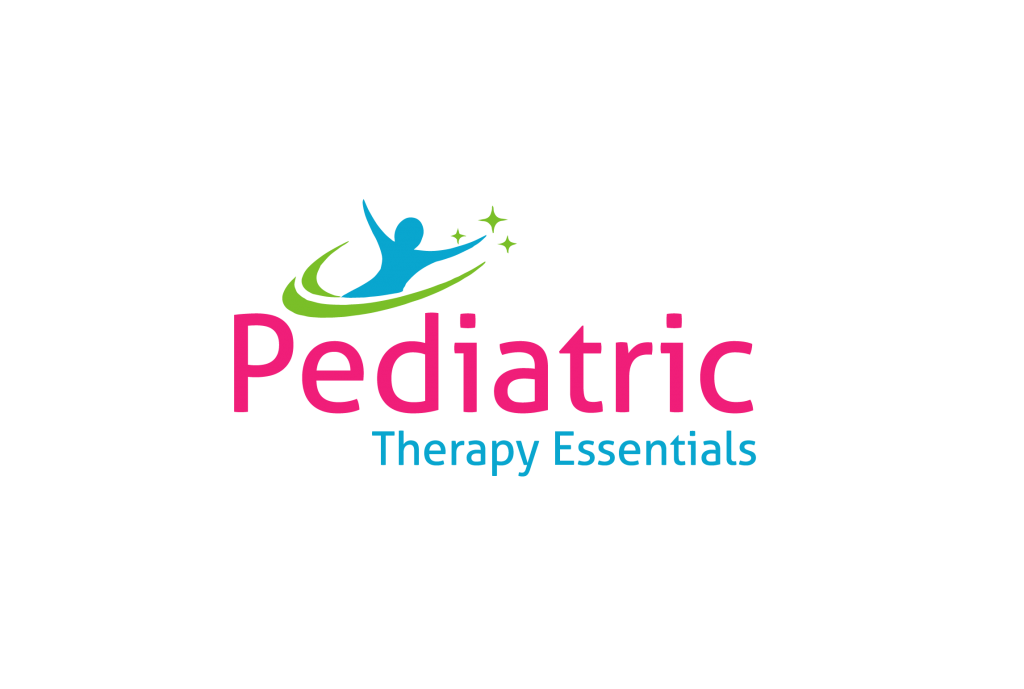In this week’s post, we are going to be talking about lifting. Whether you are lifting your backpack up from the floor or helping lift a student who has limited mobility, proper lifting techniques are important for everyone’s safety. So today, we are going to review the proper techniques for basic lifting and I will give you some simple safety tips. Let’s dive in!
Because of what I do for a living, my kids have been hearing me say lift with your legs, not your back since they were very little. I did this because lifting is something that we do so often we forget that doing it incorrectly can have life long effects. Even if what we are lifting is not all that heavy, like a bag of groceries, it can impact our spine health if we do it over and over again for years. So, let’s review the proper techniques for lifting.
- Think about what you are wearing before you begin lifting, especially when it’s a heavy load. You don’t want your clothes and shoes to get in the way. So, flat shoes with a supportive sole are best. And pants or shorts that allow you to move freely and fully bend at the hips and knees are also important.
- Use your legs to lift, not your back. Sometimes I think this phrase can be a little confusing. Our back muscles are involved in lifting, however their job is to keep our torso/trunk stable allowing us to maintain good posture and alignment. Their job is not to power the lift itself. Instead we need to use our legs and hips for that. The big muscle groups in our legs like the quads and hamstrings, as well as, our glute muscles were designed to provide our bodies with the power and strength needed to perform a lift.
- Keep the object you are lifting close to your chest. The closer to your body you keep an object, the less force your body has to exert to hold it. Think about that bag of groceries we were talking about. Holding it next to your body is much easier than trying to hold it out in front of you.
- Once in standing if you need to place the object on a table behind you or in another location, Do Not Twist. Twisting is a recipe for disaster. Keeping your body in a nice strong upright position, take a step to the new location and place the object down.
- Know your limits and ask for help when needed. Struggling to lift something on your own puts you at risk for injury. If the object you are lifting is too heavy, or you simply are not strong enough to move it using this technique then you should always ask for help.
Here are the basic steps to a lift:
- Stand with a nice wide stance. Placing your feet in this position gives your body a nice wide area to balance over and move within. Think about how much harder it is to balance when you have your feet side by side than with them shoulder width apart.

- Now that we have a nice wide base, we want to bring our body down to the heavy object on the floor using a squatting motion. Move your body by bending your hips and knees focusing on keeping your weight in your heels. As you bend down, your chest and torso should stay upright, not moving all that much. I always tell the people I work with that this position if done correctly will probably make you feel really silly.

- As you pick up the heavy object you want to make sure your core muscles are engaged and keep your upper body nice and sturdy. You don’t want your back arching forward, twisting or hunching over.
- Once you have the object you are lifting in your arms, then use your leg/hip muscles to push back into standing.
If you are concerned about your lifting techniques, please seek out the help of a professional such as a physical or occupational therapist. If you are having any back pain or discomfort take it seriously and seek out the assistance of your medical professional.
Thanks so much for stopping by today. I hope you found this post helpful!
-Heather
This post contains affiliate links. Pediatric Therapy Essentials, LLC participates in the Amazon Associates Program. Should you choose to use these links, this channel may earn affiliate commissions at no additional cost to you. Thanks for your support!
#spinehealth #specialneedsparent #backsafety #lifting #specialeducation








